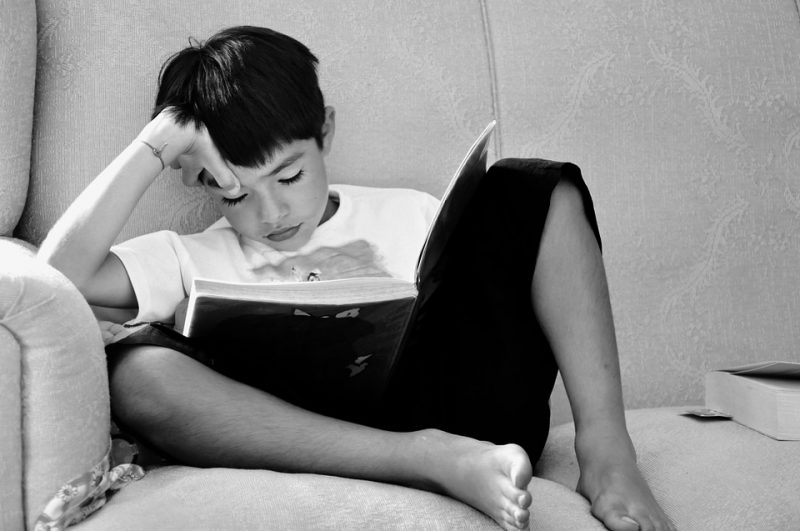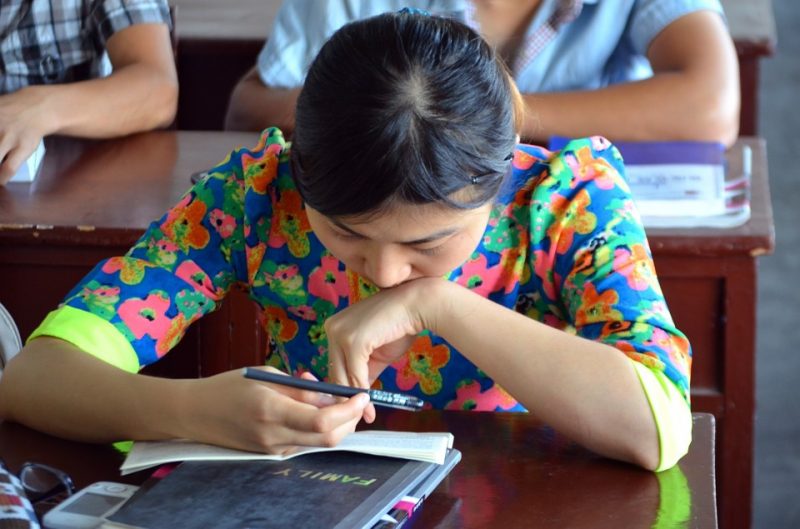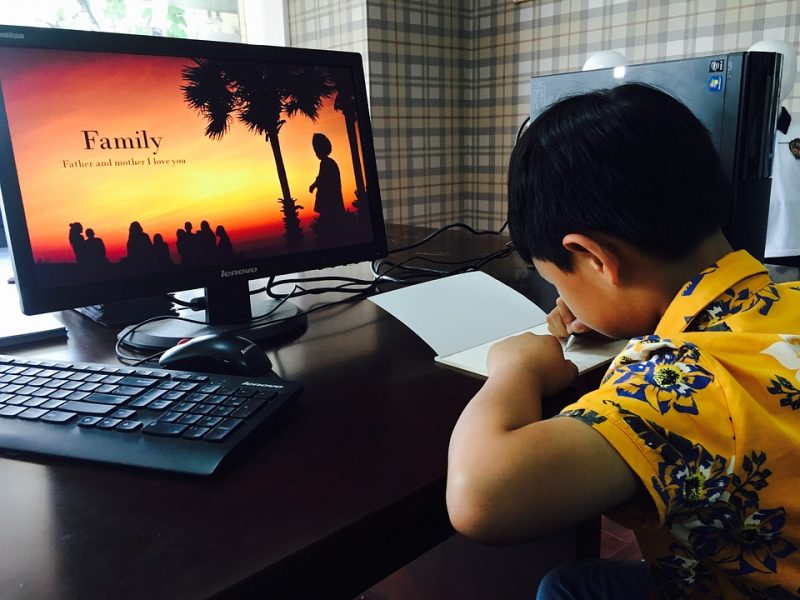How the Model Minority Myth and Masculinity Affects Asian American Teens
While girls generally do better than boys in their elementary school years, a new study found that Asian American boys match the grades of girls as opposed to other races.
Data has shown that girls tend to get better grades than boys in grade school, with girls already outperforming boys in kindergarten, according to The Atlantic.
But a recent study published in the journal Sociological Science, reveals that the gap among Asian Americans starts much later, with boys performing worse beginning in adolescence.
The study collected data from 9,232 White students and 1,717 Asian American students divided across two groups: (1) one that shows trends in the gender gap from elementary school through middle school and (2) another that shows gap trends through high school.
Assessing grade point averages — instead of standardized test scores — the study determined that unlike White students, Asian American boys and girls have no significant differences in academic achievement until the ninth grade.

The findings add to a growing number of research debunking assumptions that boys underperform for natural reasons. On the contrary, they suggest that external influences — such as parental expectations, peer pressure and academic environment — play a role in scholastic achievement.
“These findings show it doesn’t have to be this way, that boys necessarily have to underachieve,” author Amy Hsin, a sociologist at Queens College, told The New York Times. “How we parent, how we help children think about their masculinity, and school culture and peer norms have effects on their performance in school.”

Previous research shows that boys generally feel pressure to be athletic and tough, leading to an understanding that getting good grades is “uncool” and not a masculine thing. However, Asian American boys understand differently, presumably because of their parents’ orientation toward education.
Of all major ethnic subgroups and socioeconomic statuses, Asian American parents have higher educational expectations than White parents, according to research. Additionally, they are more likely to see schooling as the main vehicle to move upward in society.

Young Asian Americans also benefit from the so-called “stereotype promise,” which sees them as academically gifted and hardworking. Somehow, the idea has helped lower-performing students to catch up and do better.
Sadly, Hsin found that such influences change when Asian American boys hit their adolescence. According to the study, they are more likely to underperform in schools “where the dominant peer culture normalizes boys’ underachievement.”
“Overall, the results show how the school environment—male-centric sports culture and the white gender gap—is negatively associated with Asian American boys’ grades but not Asian American girls’ grades. These results are consistent with studies that show that boys’ achievement is more sensitive to the school environment than girls’ achievement,” the study conludes.

“The model minority myth frames Asian boys as being kind of nerdy, caring too much about doing well, so that may cause them to become less academically attached,” Hsin told the Times. “It’s not as stigmatizing for Asian girls because if you’re good at school and you really care, that kind of plays along with what you should be doing as a girl anyway.”
The post How the Model Minority Myth and Masculinity Affects Asian American Teens appeared first on NextShark.
Contributer : NextShark



 Reviewed by mimisabreena
on
Thursday, January 17, 2019
Rating:
Reviewed by mimisabreena
on
Thursday, January 17, 2019
Rating:















No comments:
Post a Comment